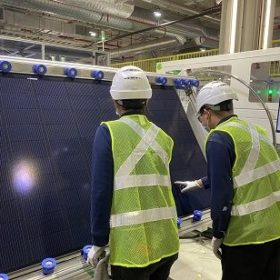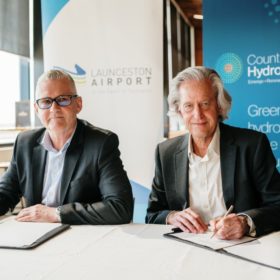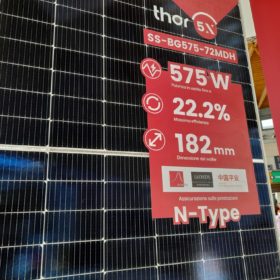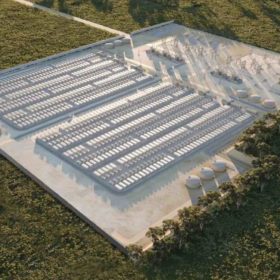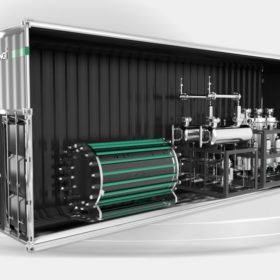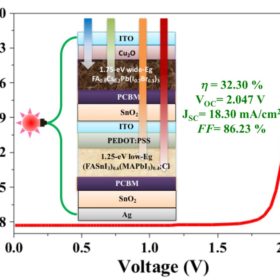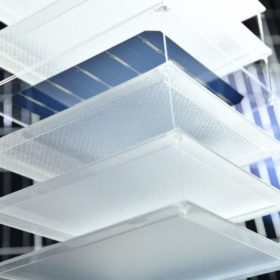REC Group rolls out new solar module for rooftop market
Norway-based solar manufacturer REC Group has commenced production of the fifth generation of its TwinPeak module series, offering improved power outputs from 395 W to 415 W and efficiencies ranging from 20.1% to 21.1%.
ReNu completes capital raise to progress Australian, Indonesian green hydrogen projects
Queensland-based ReNu Energy has announced “firm commitments” for a capital raising of $4.5 million (USD 3 million) which it says will progress its green hydrogen projects in both Brighton and Launceston in Tasmania, as well as in Indonesia’s Riau Archipelago.
Sunova Solar releases 575 W n-type PV panel with 22.2% efficiency
Sunova Solar is offering five versions of its new solar panels, with power outputs from 555 W to 575 W and efficiencies ranging from 21.4% to 22.2%. They have a temperature coefficient of -0.31% per degree Celsius.
Green rates feat after Longi achieves record 26.81% with silicon cell
Chinese solar manufacturing giant Longi has announced the achievement of a world record 26.81% conversion efficiency from a cell utilising heterojunction technology on full-size silicon wafers in mass production. The company said the measurement has been validated by Germany’s Institute for Solar Energy Research.
Roadmap to achieve CIGS solar modules with efficiencies above 20%
Japanese scientists have described the steps that need to be taken to improve the average efficiency of CIGS solar modules, from around 18.5% at present to more than 20%. They presented all of the critical technical factors that are currently holding the tech back from broader market adoption.
Singaporean developer sizes up Australia’s ‘largest’ battery
Singapore-headquartered infrastructure developer Equis has announced plans to construct a 1,200 MW/2.4 GWh battery in Victoria that it claims will be the largest battery energy storage system yet developed in Australia and Asia.
Is hydrogen about to have its solar moment?
As Longi and other solar manufacturers kick off massive growth in hydrogen generation capacity, expect large price decreases resulting from steep learning curves, echoing the rapid advances experienced by the solar power industry since the 1970s.
All-perovskite two-terminal tandem solar cell tech with 32.3% efficiency
Indian scientists have designed a new all-perovskite tandem solar cell configuration that can reportedly achieve higher efficiencies than similar devices built with the same materials. The top perovskite cell has a wide bandgap of 1.75 eV and the bottom perovskite cell has a bandgap of 1.25 eV.
Taiwanese consortium develops easily recyclable solar module
The Industrial Technology Research Institute (ITRI) and United Renewable Energy (URE) have developed a solar panel that can be easily dismantled to simplify the recycling process. They claim 96% of the materials in the panel can be recovered, including all of the solar cells and front glass.
ReNu explores green hydrogen deal with 3.5 GW solar project developers
Australian independent power producer ReNu Energy has signed a deal with the developers of a proposed 3.5 GW solar-plus-storage facility in Indonesia to explore the potential large-scale production of green hydrogen for supply into Southeast Asia and beyond.
